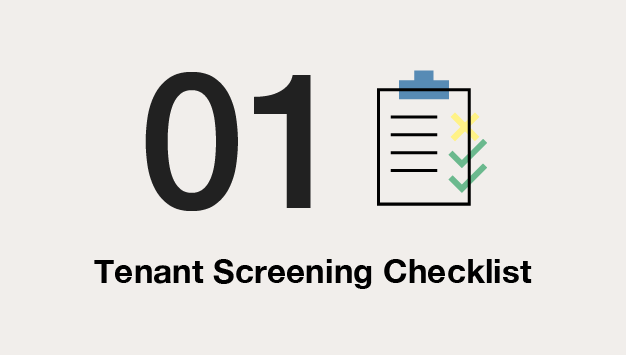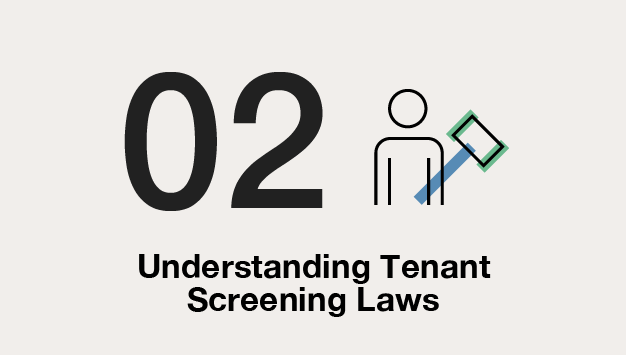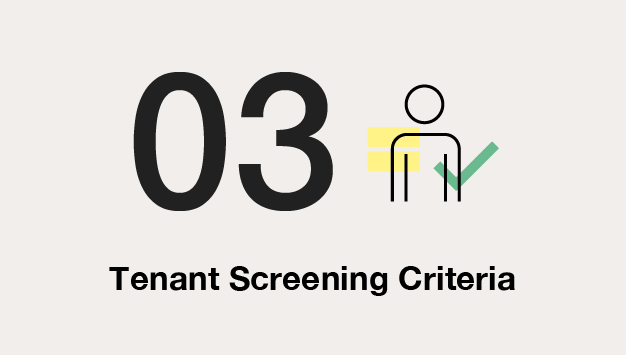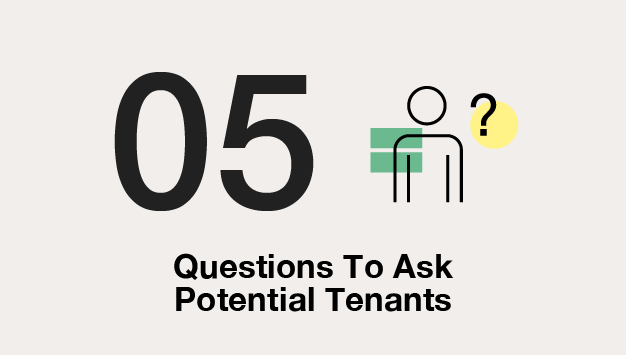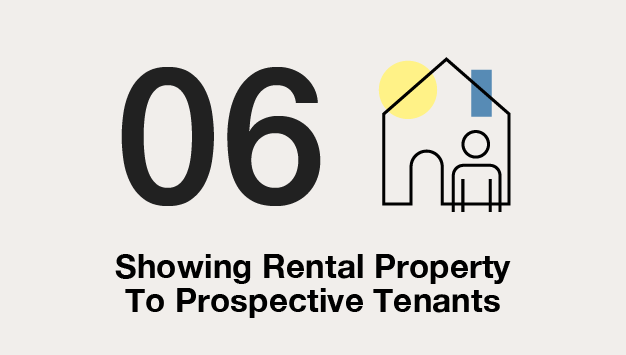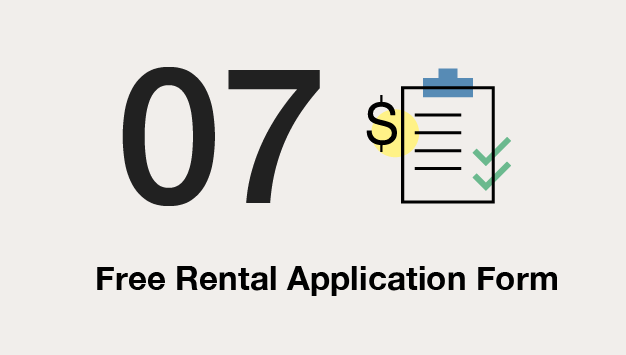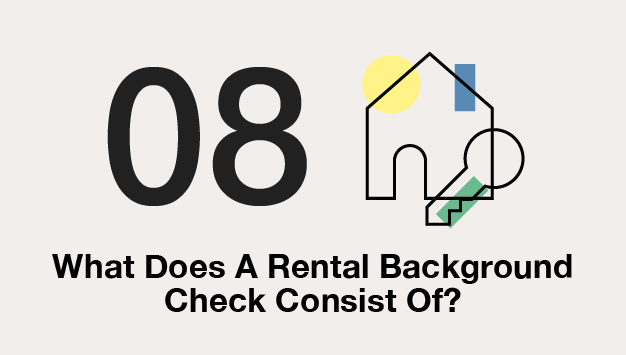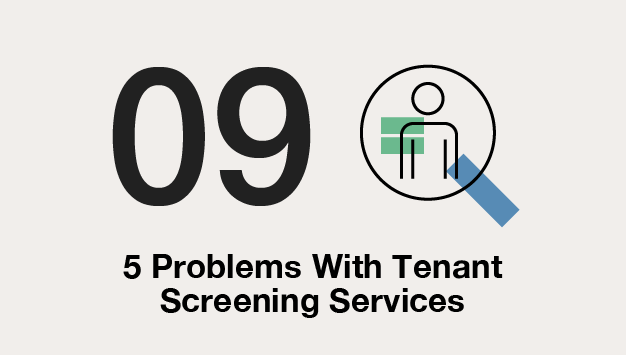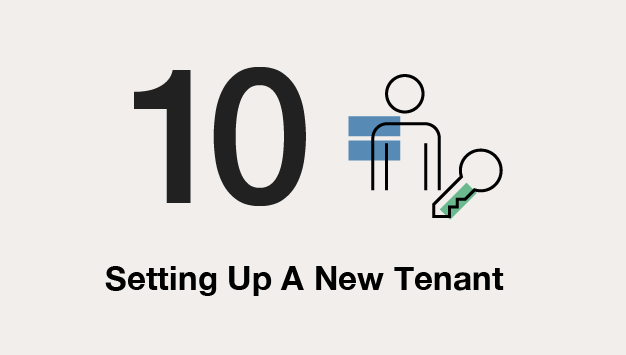How To Properly Setup A New Tenant In Your Rental
This is part 10 of our Landlord’s guide to Tenant Screening. If you’ve landed here directly don’t worry — we cover everything you need to know about setting up a new tenant below.
5 Steps To Setup A New Tenant
- Step #1 – Inform The Applicant They’ve Been Approved
- Step #2 – Get Certified Funds and Sign Lease
- Step #3 – Have Tenant Setup Utilities
- Step #4 – Move-In Inspection
- Step #5 – Communication After Move In
This information comes courtesy of Andrew Schultz who is an associate broker and manages 120 doors in the Buffalo, NY area.
Step #1 – Inform The Applicant They’ve Been Approved
Here’s an email form letter Andrew sends to an applicant when they’ve been accepted.
Once you select the right tenant, the first thing you should do is call them to let them know they’ve made it through your screening process and their application has been approved.
Then, notify them that they’ll be getting an email detailing all the steps that they will need to take between now and move-in day, and when those steps need to be completed. Be sure to explain how much security deposit will be and when you expect it.
This form email details their financial obligation between now and move-in day, their obligation to turn on utilities and when they need to sign the lease.
Every state has different regulations for how much you can charge for a security deposit, so be sure to check your state laws.
Step #2 – Get Certified Funds and Sign Lease
Once the applicant pays their security deposit, you can have them sign the lease. Be sure to have a system in place, such as making the new renter initial the bottom of every page, so that they can’t claim that they never saw or agreed to any portion of the lease. This signing can also include any riders and disclosure forms you require. (Not sure what documents to provide? Download our free form bundle and see what applies to you!)
It’s good practice to only accept certified funds such as a certified check or money order for the security deposit along with the first month’s rent.
This is important because in certain states, like New York, if someone takes control of the rental but their check bounces, a landlord has to go through the entire eviction process to get them out of the rental.
Step #3 – Have Tenant Setup Utilities
Once their security, first month’s rent, and lease are taken care of, it is now on the tenant to have utilities turned on.
As a landlord, you should call the morning of the move-in to make sure the account is established, so the utilities are coming out of the property owner’s name. Be sure to let your tenants know upfront that you will not hand over the keys to the rental until utilities are set up. You may want to let the new renter know to call at least a week in advance in case there are delays with the utility company.
Step # 4 – Move-In Inspection
This is a very important step in the process, which is covered in great detail elsewhere.
In order to protect your security deposit, make sure you get a thorough move-in inspection, including many good time-stamped photos of the rental the day before the tenant moves in.
You’ll also want your new renter to sign a move-in condition form to confirm the condition of the rental. The photos and signed form will come in handy when the tenant moves out.
A security deposit can be used up quickly so those photos will be your proof that the tenant caused those damages.
Step # 5 – Communication After Move In
If you follow these steps, you’ll already have a signed lease with certified funds cashed for security deposit and first month’s rent on move-in day. You’ll also have your move-in inspection completed and documented, as well as verification that utilities have been set up.
When you meet the tenant at the property with the keys, ask them to go through and look for any damages that they would like noted on the move-in inspection sheet. Then, give the tenant the keys and explain that they have seven days to report any additional damages you may have missed in my inspection. This sets the relationship off on the right foot as it shows you’re willing to work with the new tenant.
You can have your new tenant email you the photos of any additional damage so that you can compare their damage photos to your original photo set to see if the damage was there at turnover, or if the tenant caused the damage during their move-in.
It’s also good practice to call after a week just to make sure everything is going well and if they have any questions.
Did You Find This Guide Helpful?
Let us know by sharing this on your social media and mentioning RentPrep in your post.
We’re happy to put together a thorough guide and show you how to find and place a renter in your rental property.
We hope you use RentPrep for your future background checks. If you ever have questions, don’t hesitate to reach out to us.

